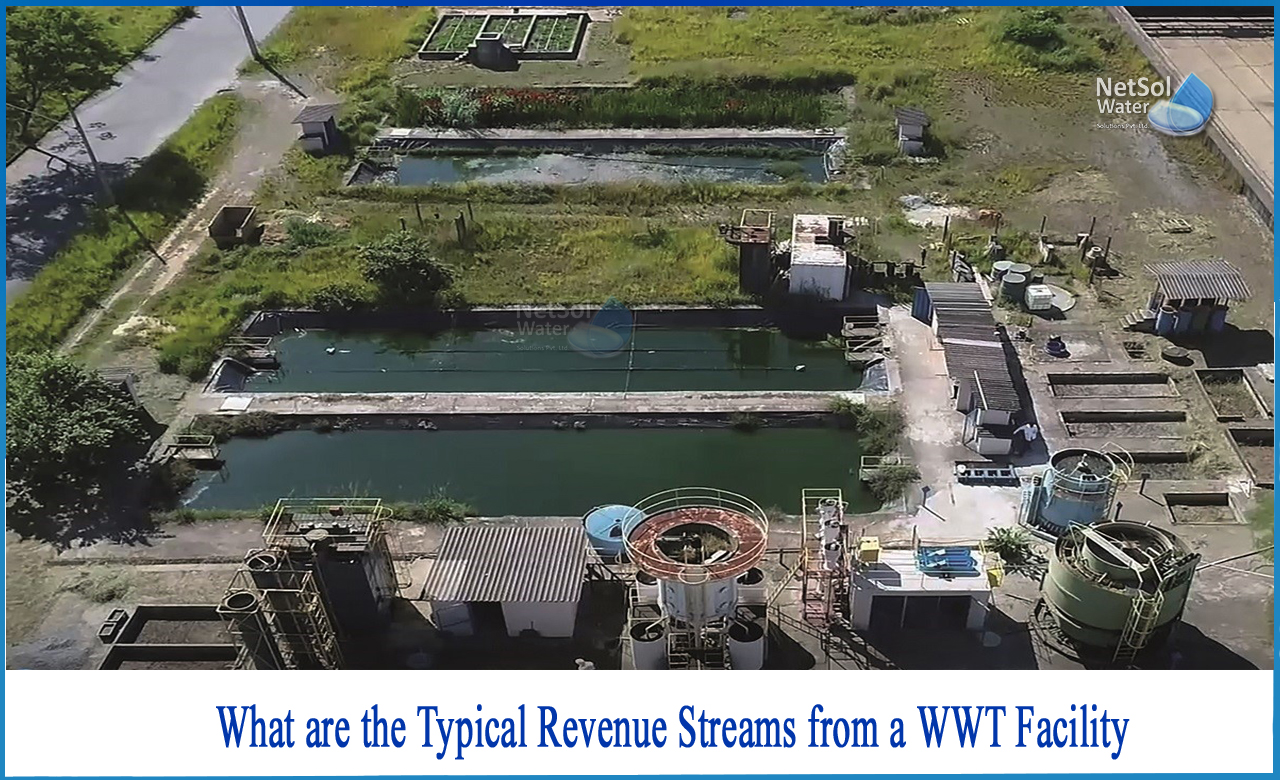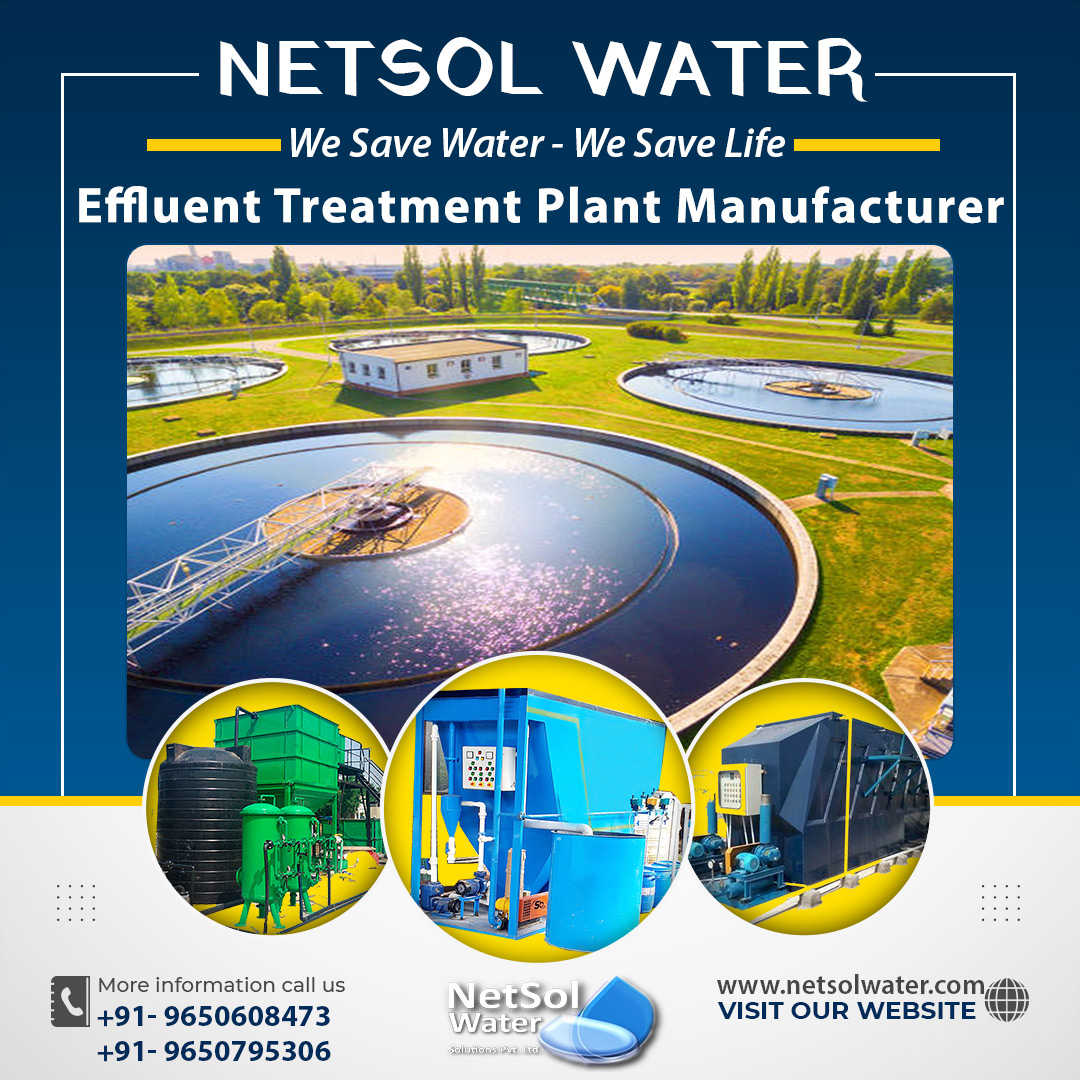What are the typical revenue streams from a WWT facility?
Every year wastewater treatment plants around the world treat billions of liters of wastewater.
Depending on the source, industrial and municipal wastewater might contain a variety of pollutants. Soap, waste products, food scraps, human waste, oils, and, in some situations, metals may be found in wastewater. Wastewater treatment's major purpose is to protect the environment by keeping contaminants out of rivers and oceans. While processing and manufacturing byproducts may appear to be a burden, posing complicated and often hazardous waste disposal and contamination challenges, innovative management can transform what is normally viewed as trash into an opportunity for growth and sustainability.
Producers can replace the burden of waste with value by finding new uses for byproducts!
The wastewater treatment plant's unlikeable job is to safely dispose of what we flush away every day. However, wastewater treatment facilities (WWTPs) are also the caretakers of a biological process that can generate renewable energy, which can be sufficient to meet a plant's whole energy requirements in some situations.
Revenue from wastewater treatment facilities
Waste water treatment can be transformed from problem to profit.
Sounds interesting?
Keep reading to know about different ways by which this expensive wastewater treatment can be turned profitable.
1: Reclaimed Water
Reclaimed water is probably one of the most well-known resources in the wastewater business. Water was deemed the greatest solution for conveying wastes to the facility from the start of a centralised treatment plan. Techniques and technologies provide the potential to successfully reclaim water when human densities rise and climate conditions put a strain on water supply.
Rates for recycled water must represent a cost savings over rates for single-use water. Irrigation with reused water is a popular practice. It makes sense in the country's dry and drought-prone regions. Aside from irrigation, recycled water would be beneficial to a variety of water-intensive sectors.
2: Waste-to-Wire: Electricity from Sewage
Organics, which can be found in recovered sludge and bio-solids, provide a source of energy within the waste stream. Methane gas is produced in the digestion process by directing organics-laden sludge into anaerobic digesters. This flammable gas can be used to power electricity-generating turbines. The cost of energy for WWTPs accounts for a large amount (15–40%) of the total operating costs. The majority of the energy needs of WWTPs are met by importing power from the local utility grid.
3: Biogas/Fuel from waste
Organic waste from diverse sectors is disposed of in landfills or burnt, resulting in increased greenhouse gas (GHG) emissions as well as soil and water contamination. To overcome this problem, a proper waste management plan must be developed and implemented.
Biogas produced during the digestion process can be collected and processed to provide vehicle fuel. Bio-methane is biogas that has been improved by eliminating hydrogen sulphide, carbon dioxide, and moisture. WWTPs that power their own fleet of cars are the most prevalent example. This enables the possibility of serving commercial and industrial vehicle fleets in the area.
4: Generation of thermal energy
The waste stream that enters the plant carries a large amount of low-level thermal energy in its fluid medium. Because of the available energy, certain self-cleaning heat exchanger systems that use the wastewater volume as a quasi-geothermal source for heating and cooling are feasible.
5: Fertilizers from waste
The organic solids in the sludge have value as a soil amendment that can be applied to the ground for agricultural uses. Multiple points in the processes of aerobic digestion, anaerobic digestion, and waste activated sludge can be used to obtain usable fertilizer. The sludge can be stabilized via chemical or thermal treatments, resulting in a pathogen-free soil supplement suitable for agricultural use. Struvite can occur when anaerobic digesters release ammonium and phosphate from waste. Struvite is a naturally occurring anaerobic digestion by-product that occurs when ammonium, phosphate, and magnesium are present. While Struvite scale has a history of causing serious maintenance concerns, it also has the potential to be used as a chemical fertilizer.
What could be the bottom line?
Wastewater should no longer be regarded as a ‘waste’ but rather as a ‘resource’.
Netsol Water have expertise in wide range of wastewater treatment technologies. We are the solution to every water and wastewater related problem and its management. We are dedicated to provide hands on service, expert counselling and training to our valuable customers.




